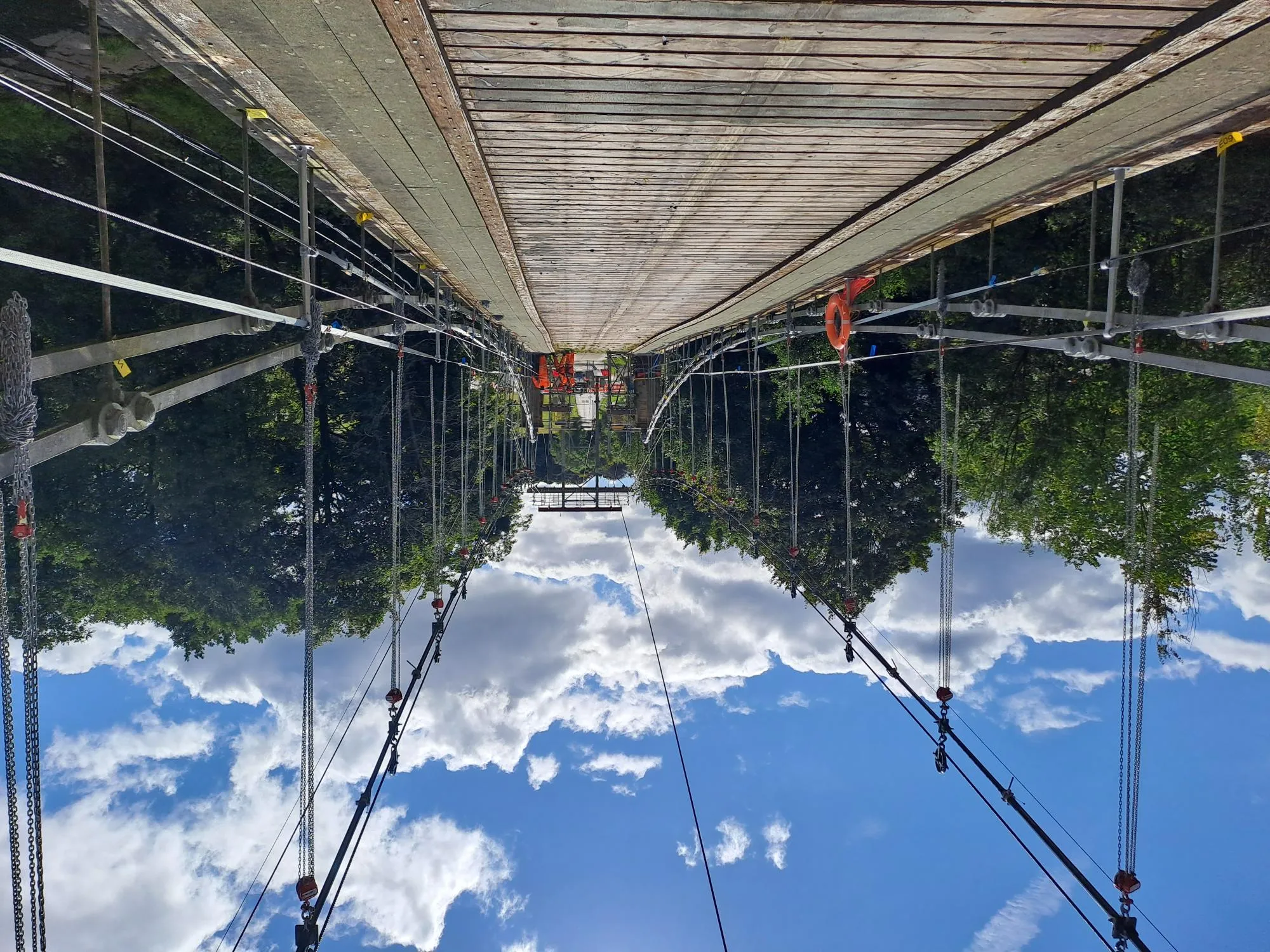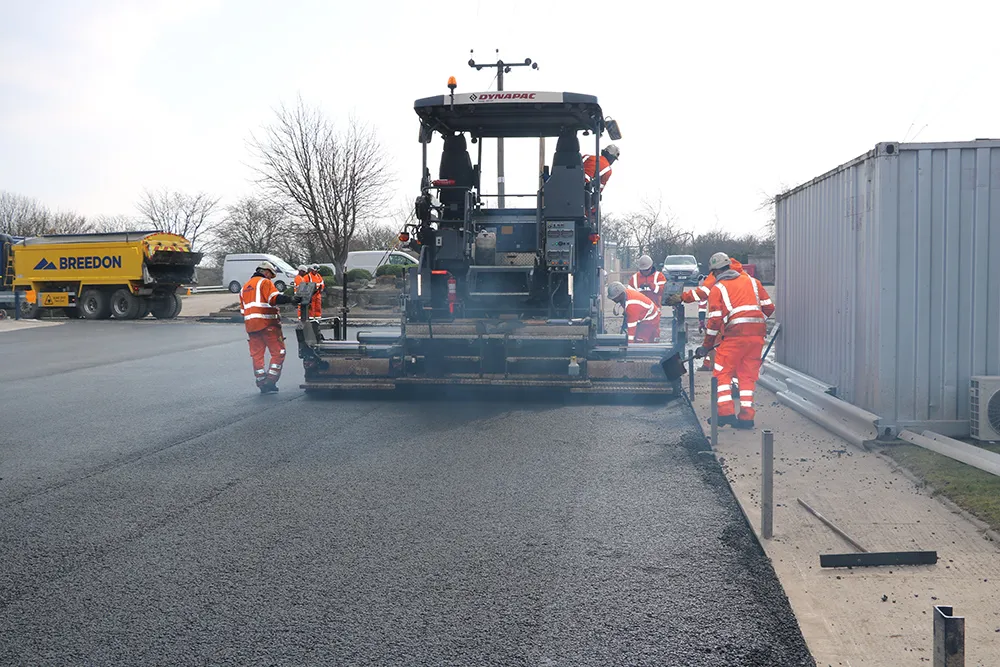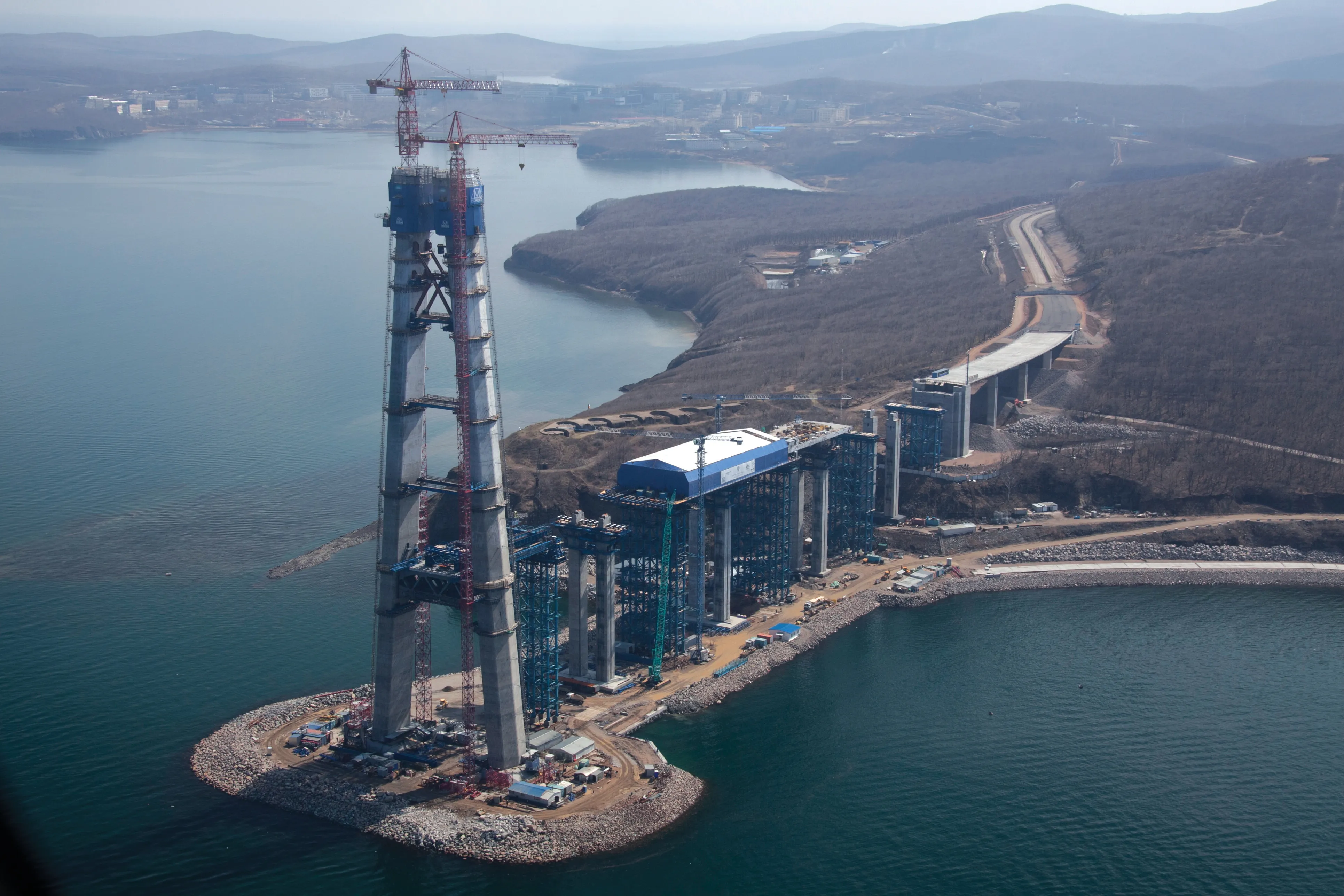
Whorlton Bridge in England’s County Durham has had to be closed to traffic while a major programme of works is carried out. Every component is to be removed, refurbished and replaced.
To facilitate the works, a bespoke catenary system has been installed, with Mabey Hire’s adaptable and modular propping equipment used to construct the temporary structure.
Whorlton Bridge is one of the UK’s oldest road suspension bridges. The timber deck is supported by its original iron chains. Opened in 1831, it was originally designed to carry horse-drawn carts loaded with coal from Durham coal fields. As with many such historically important bridges, it has preservation orders on it regarding what can and can’t be done in order to maintain much of its original appearance.
After a routine inspection, the single-file road bridge was formally closed to traffic in December 2020. Subsequent assessments concluded that the structure could not withstand the effects of load combinations for pedestrians or vehicles, with the main chains and link pins also failing under loading.
A programme of works started in early 2024 following consent from Historic England, an executive non-departmental public body of the UK government, tasked with protecting the historical environment. The entire structure of Whorlton Bridge had to be dismantled and all components inspected, shotblasted, tested and repainted. The parts will then be returned to their original position and as much of the original materials reused where possible.
VolkerLaser, as specialist bridge refurbishment contractor, was appointed by Durham County Council to carry out the structural rehabilitation works. These were delivered in line with Historic England’s parameters and in coordination with the UK government’s Environment Agency.
Due to logistical challenges, it was decided that while the entire structure was dismantled piece by piece, a temporary catenary system would be installed to support the existing cables below the deck. Designed by CaSE Civil & Structural Engineering, the temporary cable crane structure used a range of Mabey Hire’s propping equipment, including its Mass 50, System 160 and Mat 125 products (see box).
“Working with CaSE Civil & Structural Engineering, we knew that we wanted a proprietary system that offered an adaptable ‘off the shelf’ solution,” explained Chris McHutchison, senior project manager at VolkerLaser. “We were attracted to Mabey Hire not only for their comprehensive and readily available product portfolio but also the detailed technical information made available. Thanks to the modular nature of the kit [temporary cable crane structure], we were able to easily interchange it with other systems, as well as minimise on-site fabrication due to the equipment arriving ready to install.”
The temporary cable crane is formed of two pivoted towers, which stand on the north and south sides of the bridge. It features five suspended catenary cables, spanning around 95m between the two towers.
“While this was the first time working with Mabey Hire in my current role at VolkerLaser, I have worked with them numerous times throughout my time in the industry,” said McHutchison. “Whorlton Bridge certainly… presented a lengthy and challenging early design process as a result of the bridge’s listed status. We had to clearly demonstrate our proposed plans and gain approvals from Historic England and other parties.”
Mabey assisted VolkerLaser with design and technical advice, including recommendations on what equipment would be best for the project requirements. Maybe has been working alongside VolkerLaser teams to gain sign-off on the proposed temporary works scheme.
The cable crane was successfully installed on site last September, with works to remove the timber deck, supporting beams, hangars and rods underway. The components will then be moved to a secure workshop for inspection and refurbishment.
With one of the largest range of temporary propping systems for hire, Mabey Hire’s solutions range from 100kN to 8000kN load capacities. These are used to facilitate modular towers, façade retention schemes and propping and shoring.
Meanwhile, for over 30 years, VolkerLaser, based in the English city of Worcester, has been working to protect, repair, strengthen and refurbish the built environment for clients across the UK construction industry. The company’s structural solutions include bridge deck waterproofing, expansion joints, concrete repair and cathodic protection works, steel repair and strengthening work, carbon fibre and temporary works, jacking and bearing replacement. VolkerLaser also provides specialist lightweight decking and access solutions, as well as being specialists in long bridge and cable refurbishment.
CaSE Civil & Structural Engineering was founded in Sydney, Australia, in 2017 and now has offices in Australia’s Queensland, Victoria and New South Wales states as well as in New Zealand, US, Brazil, UK and Spain. The company’s many contracts include the Australian West Gate Tunnel Project worth AUS$2.7 billion - a partnership between the Victoria state government and Transurban and for which CaSE & Pike Design was awarded several bridge engineering and temporary works packages.
Maybe Hire systems

The Mass 50 system is made up of components which are compact enough to be manhandled if necessary. The robust design, from galvanized cold-formed steel allows it to support loads of up to 600kN on a single leg. Projects can, therefore, be completed with fewer components and a saving on assembly time. The Mass 50 system also has both mechanical and hydraulic capacity and can be supported with Maybe’s real-time monitoring system.
System 160 is a compact propping system for use in temporary works. It is suitable for use in propping, needling and formwork applications and offers a medium load capacity, supporting loads of up to 200kN. It’s design allows easy installation and use on site.
Mat 125 is one of Maybe’s high-load propping systems. Robust and versatile, it has a capacity of 1,550kN per column and is, according to Maybe, ideal for projects such as bridge support and back propping. With its high load capacity, the Mat 125 propping system can be used for individual propping or built into high strength towers and trusses. It is frequently used with Maybe’s Hymat Jacks to pre-load, strike or lift from the top of props and is fully compatible with the company’s Mass systems.









